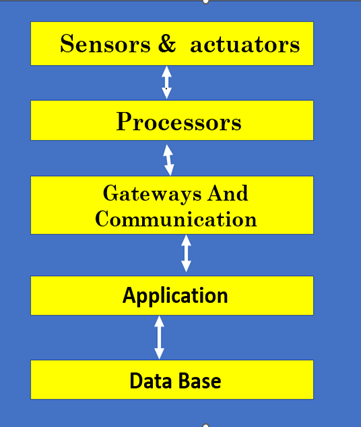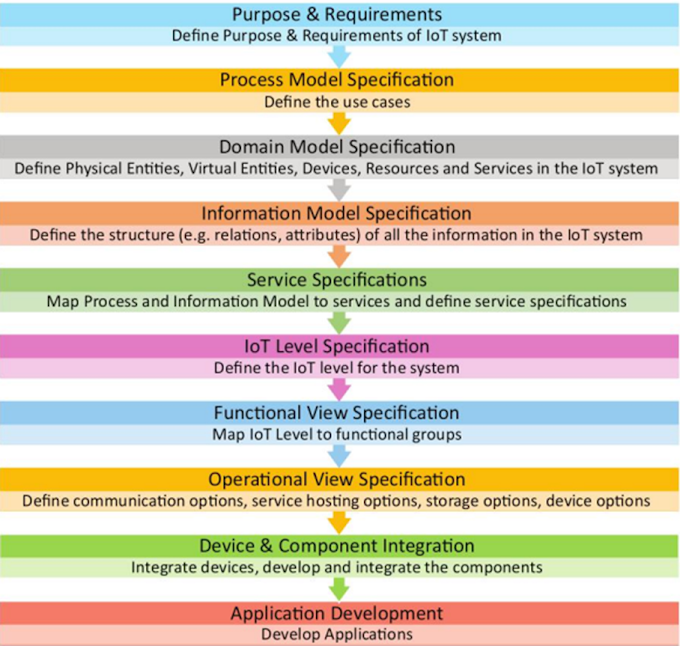Introduction of DBMS
- Databases and database systems are an essential part of our everyday life.
- For example, they facilitate depositing and withdrawing money from a bank, making hotel, airline, or railway reservations, accessing computerized libraries, and purchasing items from supermarkets, among others.
- We can store and access information in textual, numeric, audio, and multimedia formats from the database.
- For instance, multimedia databases store pictures, video clips, and sound messages, while geographical information systems (GIS) store maps, weather data, and satellite images.
DATA
- Data are facts and statistics stored or free-flowing over a network. Generally, it is raw, meaningless, and unprocessed.
- Data may be text, numbers, symbols, audio, and video, etc., ex. bank account numbers; bank customers’ names, addresses, and ages; bank transactions, and so on.
INFORMATION: -
- Meaningful arrangement of data, which is processed according to context, relevance, and purpose.
Record: -
- A group of related information.
File: -
- Group of related records.
Database: -
- A collection of related files or tables, in this data can be easily accessed, managed, and updated.
DBMS: -
- A software. Perform various operations like creating a database, storing data, updating data, creating tables, etc.
- Provides protection and security to the databases and maintains data consistency in multiple user environments.
================================================================



0 Comments